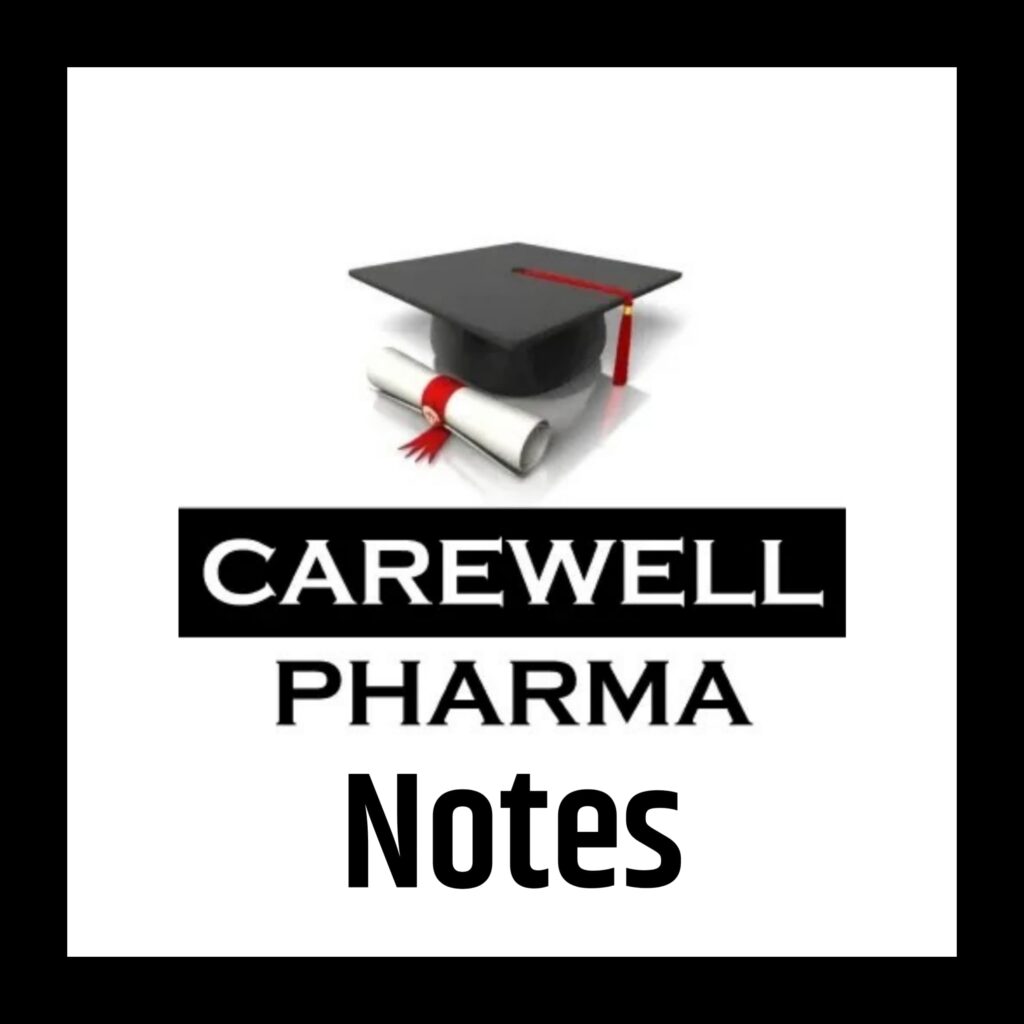Looking for B.Pharm 3rd Semester handwritten notes? We’ve got you covered with well-organized, clean, and easy-to-read notes tailored for pharmacy students. These notes are handwritten with clear diagrams, key points, and simple explanations to help you understand and remember core subjects like Pharmaceutical Engineering, Organic Chemistry, Physical Pharmaceutics, and more.
B.Pharmacy 3rd Semester
Pharmaceutical Organic Chemistry – 2
B.Pharmacy 3rd Semester Handwritten Notes –
Complete Study Material
Are you a B.Pharmacy student looking for well-organized, easy-to-understand, and high-quality handwritten notes for the 3rd semester? You’re in the right place! We provide comprehensive handwritten notes covering all major subjects of the B.Pharmacy 3rd semester, including Pharmaceutical Engineering, Organic Chemistry-II, Physical Pharmaceutics-I, Pathophysiology, and Pharmaceutical Microbiology. These notes are designed specifically to help pharmacy students save time, grasp concepts easily, and prepare more effectively for their university exams, internals, practicals, and even competitive exams like GPAT.
1. Organic Chemistry-II Notes
Our Organic Chemistry-II handwritten notes break down complex chemical reactions and mechanisms into understandable steps. These notes are especially helpful for students who struggle with organic chemistry due to its memorization-heavy nature. Topics include:
- Alkanes, alkenes, and alkynes – Preparation, reactions, and mechanisms.
- Aromatic hydrocarbons – Electrophilic substitution reactions and their mechanisms.
- Stereochemistry – Isomerism, chirality, and stereoisomer types with clear diagrams.
- Alcohols, phenols, and ethers – Properties, preparation, and reactions.
- Carboxylic acids and derivatives – Mechanisms and pharmaceutical importance.
With reaction schemes, naming conventions, and mechanism flowcharts, these notes make organic chemistry much easier to understand and retain.
2. Physical Pharmaceutics-I Notes
The Physical Pharmaceutics-I handwritten notes help you understand the physical and physicochemical principles involved in the formulation of pharmaceutical products. This subject bridges theory with practical formulation science. Topics covered include:
- States of matter – Gases, liquids, solids, and their pharmaceutical applications.
- Solubility – Factors affecting solubility, techniques to enhance solubility.
- Surface and interfacial tension – Importance in emulsions and suspensions.
- Rheology – Viscosity, flow behavior of liquids, and its pharmaceutical relevance.
- Complexation – Types of complexes and their significance in drug formulation.
Illustrated with practical examples and diagrams, these notes make it easy to connect theory with its pharmaceutical application.
3. Pharmaceutical Microbiology Notes
Our Pharmaceutical Microbiology handwritten notes are specially prepared to introduce students to the world of microorganisms and their importance in pharmacy. This subject plays a critical role in drug manufacturing, sterilization, and infection control. Topics include:
- Introduction to microbiology – History, classification, and types of microorganisms.
- Bacterial structure and function – Cell wall, reproduction, and staining techniques.
- Sterilization methods – Moist heat, dry heat, filtration, radiation, and chemical sterilization.
- Disinfection and antiseptics – Classification, mechanisms, and pharmaceutical applications.
- Microbial control in pharmaceuticals – Aseptic techniques, clean room classifications.
- Microbial spoilage – Contamination of pharmaceutical products and preservation techniques.
- Pharmaceutical applications – Role of microbes in antibiotic production, vaccines, and probiotics.
These notes include beautifully drawn diagrams of bacterial cells, sterilization equipment, and comparison tables for disinfection methods, making it easier for visual learners to grasp and remember.
4. Pharmaceutical Engineering Notes
Our Pharmaceutical Engineering handwritten notes are a complete guide to the fundamental unit operations used in the pharmaceutical industry. This subject often involves technical concepts and numerical aspects, but our notes make them simple and digestible. The key topics covered include:
- Fluid flow and manometry – Detailed notes on Reynolds number, flow meters, and types of flow.
- Heat transfer – Conduction, convection, radiation, and heat exchangers with practical examples.
- Evaporation and drying – Types of evaporators and dryers used in pharmaceutical industries.
- Size reduction and size separation – Principles, equipment, advantages, and applications.
- Mixing and agitation – Types of mixers, their uses, and working mechanisms.
- Filtration and centrifugation – Differences, working principles, and equipment.
Every topic is supported with neat diagrams, simple language, and summary tables to help with quick revisions.
Why Choose Our Handwritten Notes?
- ✅ Neat and well-organized: Clean handwriting, proper headings, and color-coded highlights.
- ✅ Exam-focused content: Focus on important topics, definitions, and frequently asked questions.
- ✅ Saves time: Ideal for quick revision before exams and viva.
- ✅ Mobile-friendly PDFs: Easily view and download on phones, tablets, or laptops.
- ✅ Student-tested: Prepared by toppers and reviewed by faculty for accuracy.
- ✅ Affordable and accessible: No need for costly reference books or extra coaching.
Who Can Use These Notes?
- B.Pharmacy 3rd Semester students from any university.
- Students preparing for semester exams, viva, or internal assessments.
- GPAT aspirants who need concept clarity and concise revision.
- Students who missed lectures or want to revise quickly before exams.
What’s Next?
We’re continuously working to improve and expand our content. Coming soon:
- 📘 Chapter-wise handwritten notes
- 📝 Previous year question papers
- ❓ Important questions for each subject
- 🧪 Practical and viva questions
- 💡 Mnemonics and tips for easy learning

